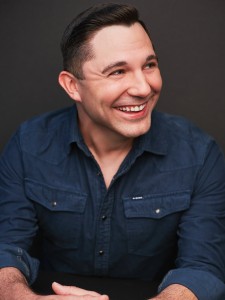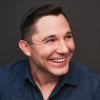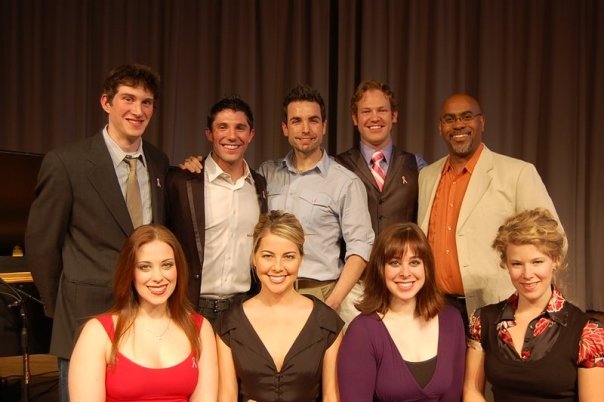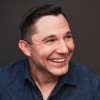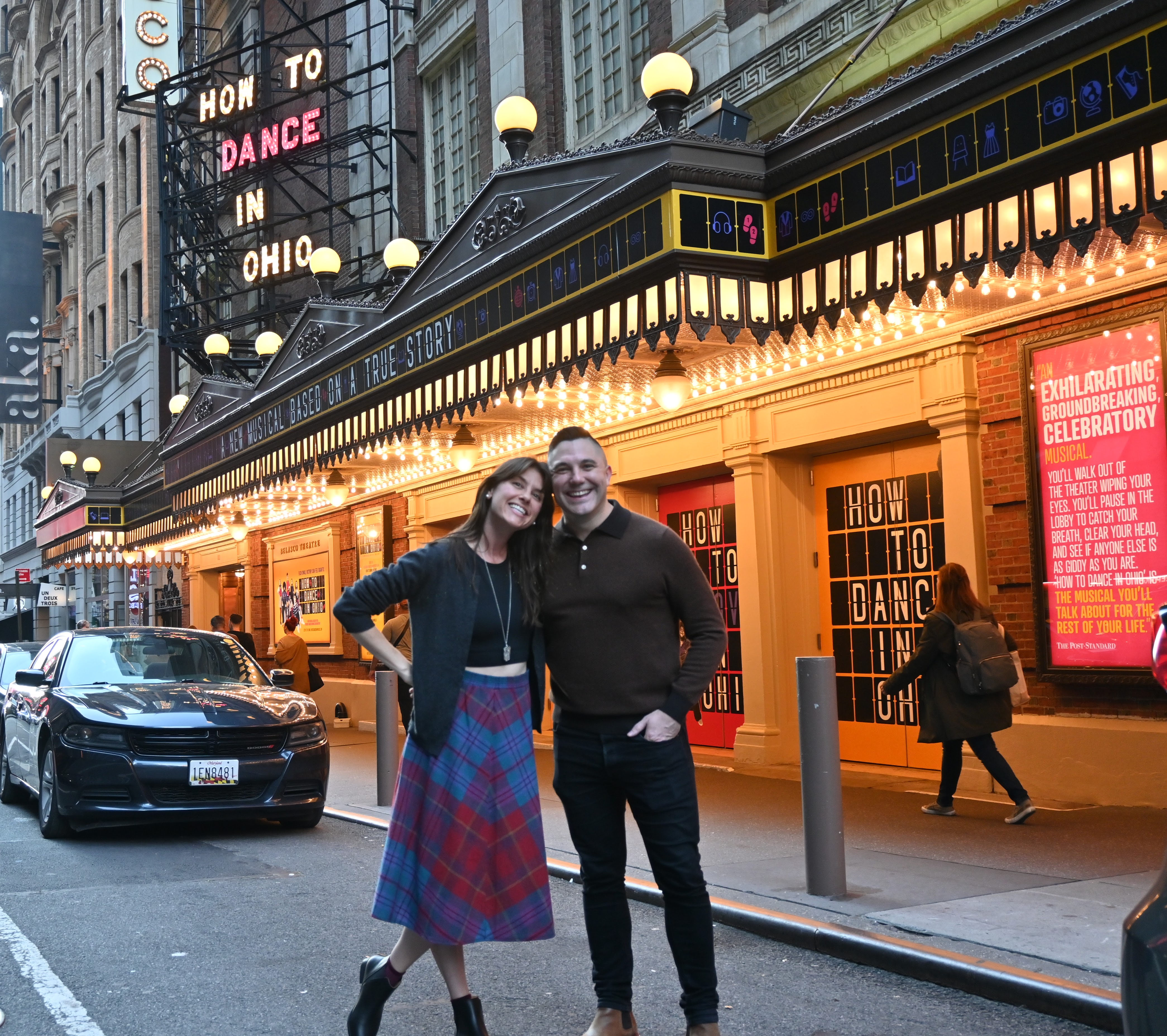Long before his groundbreaking work on Broadway as the composer behind the recent musical “How to Dance in Ohio,” Jacob Yandura ’09 was breaking new ground at Kenyon.
As a senior, he created and put on an original two-act musical at Rosse Hall that featured a classmate and professor as well as Broadway actors he met during summer internships in New York. It was the fulfillment of a dream he’d had since he was 10 — and pulling it off was proof that he was on the right track.
“It just confirmed to me that, yes, this is what I want to do with the rest of my life,” Yandura said.
Coming to Gambier from the Columbus area, Yandura went on to attend the Graduate Musical Theatre Writing program at New York University’s Tisch School of the Arts. Twelve years later, he burst onto the Broadway scene with “How to Dance in Ohio,” which recently completed a buzzy two-month run at the Belasco Theater in Manhattan.
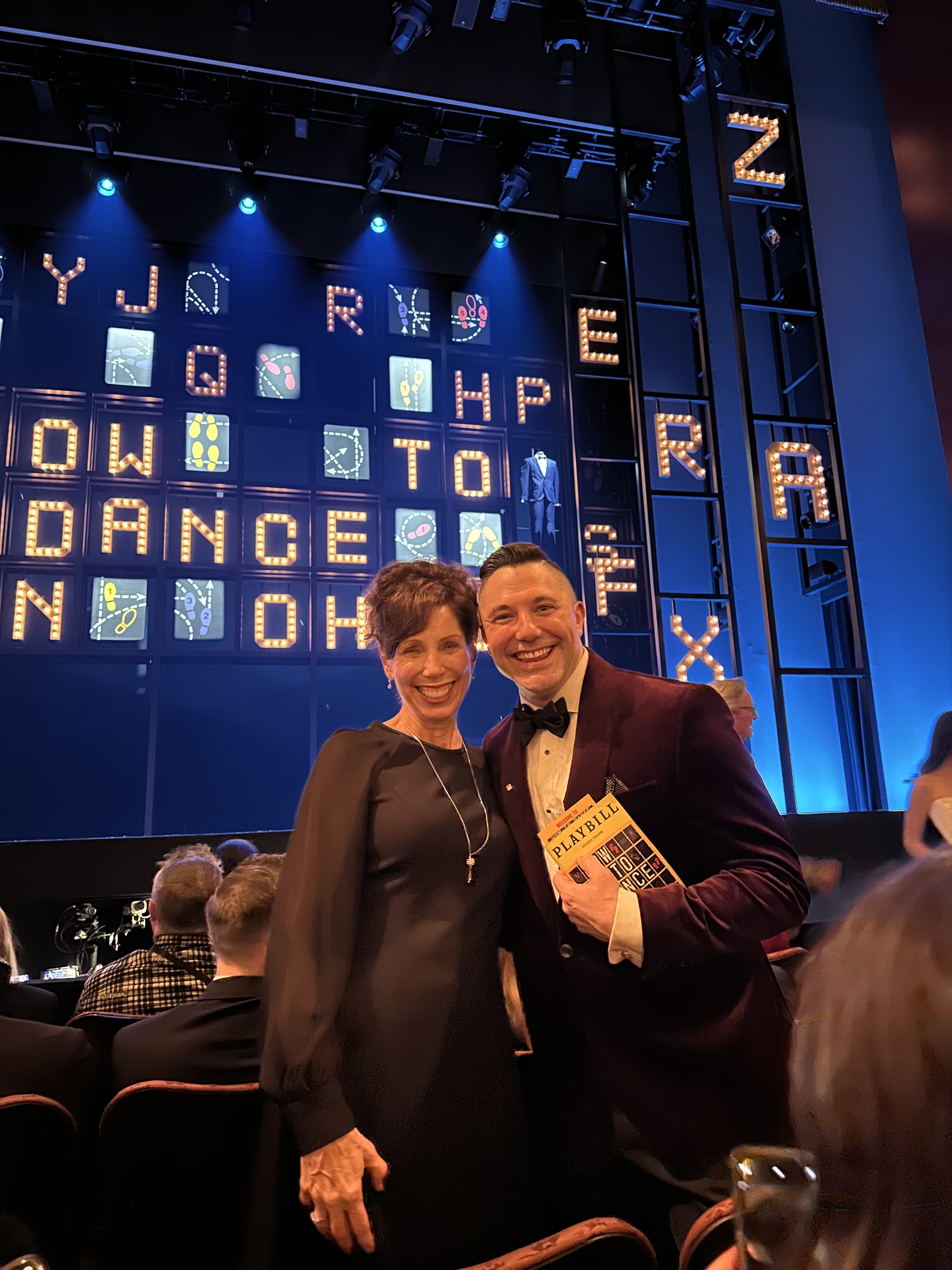
The musical, based on a 2015 documentary of the same name, focuses on several autistic clients of a Columbus counseling center as they prepare for a spring formal. A New York Times review called it “a milestone” for its authentic storytelling and its decision to cast seven autistic young actors in featured roles.
Yandura, who has additional meaningful projects ahead of him, reflected on his formative years at Kenyon and the impact that his time in Gambier had on the course of his career.
Why did you choose Kenyon? You had a very specific career goal going in, so how did you decide that this was the right place for you?
From a young age, I've been fortunate to have amazing mentors in my life. When I was about 14 years old at a summer music camp, I met a Broadway composer named Mel Marvin, who teaches at NYU. And when I was in high school, I just wanted to be in New York. Mel said, “Jacob, New York's not going anywhere. I would suggest a liberal arts school because if you want to be a theater writer, you have to know so much more than just how to write a good chord progression and a catchy melody. You need to study playwriting and take every drama course that you can.” So liberal arts was always the goal.
I didn't know Kenyon at the time. I had a friend who went to Kenyon and loved it there and said, “Jacob, you really should experience Kenyon. No matter what you study at Kenyon, you walk out a writer.” That was important to me. And so I went for a visit and fell in love with the community. Everyone felt like they had the same goals that I had, and I just loved being in this enriched environment, in the middle of nowhere, where we could just create. It felt creative to me from the beginning. I went to other college campuses, other liberal arts schools, but I didn't feel that same vibe. So I ended up applying early decision, and it ended up being the best decision.
